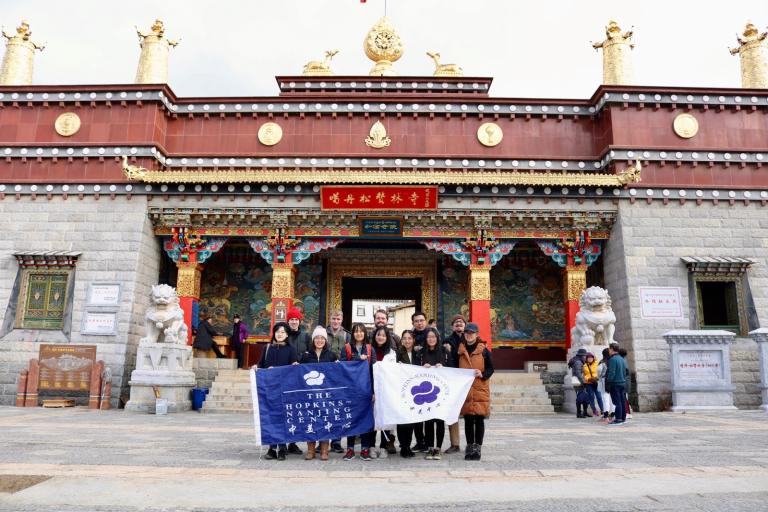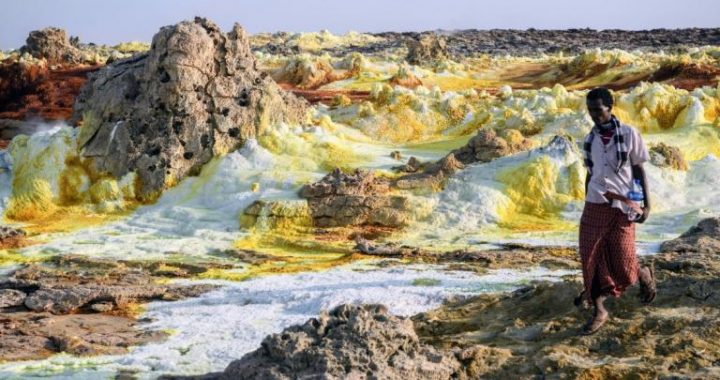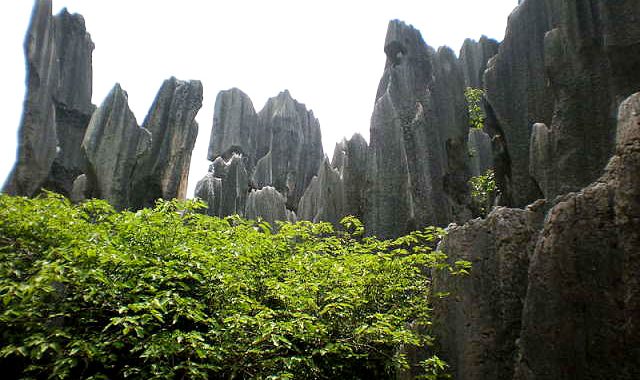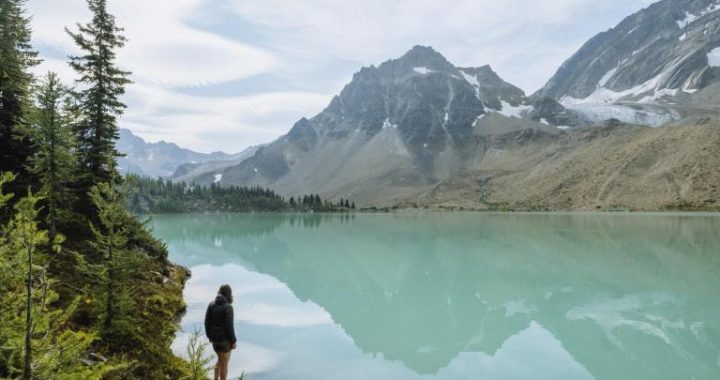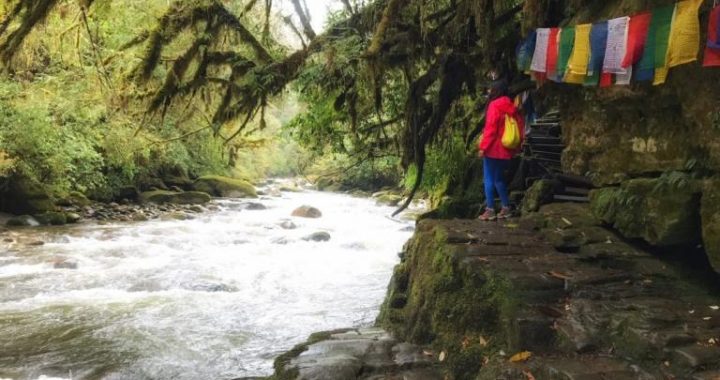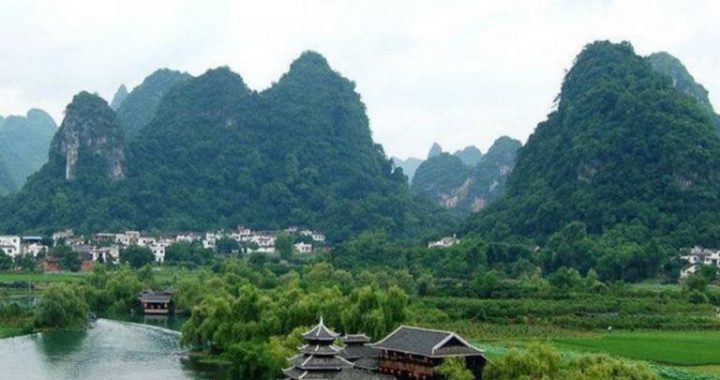Introduction to the religious sites of Shangri-La
4 min readBaihanluo Church, Gongshan County
Here we see the Baihanluo Church that was built in 1905. The compound has deteriorated since the 1946 photograph, but the outside of the church is still nearly the same. Villagers told us that the inside had been destroyed in 1958, but were vague about the cause. It is now fully reconstructed. All foreign priests and missionaries were forced to leave the country after the People’s Republic of China was founded in 1949. Today the spiritual needs of what is now a Tibetan village are met by Catholic lay clergy.
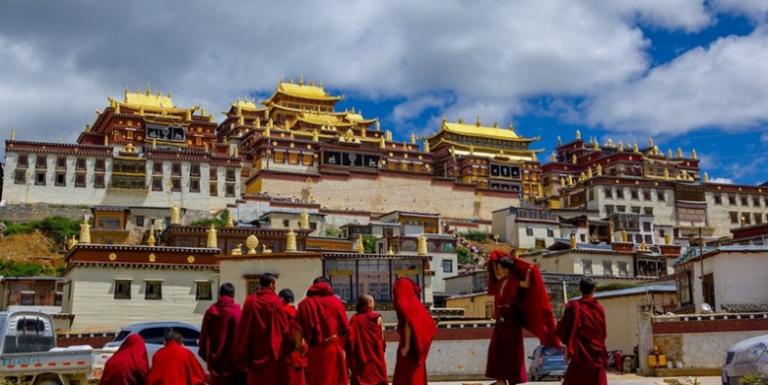
Dokerla, Deqin County
The sacred nature of Khawa Karpo predates the appearance of Buddhism in Tibet, which replaced Bon as the predominant Tibetan religion. But along the way Buddhism incorporated many aspects of Bon such as fierce warrior gods and sacred mountain worship that make the Tibetan form of Buddhism unique. Khawa Karpo was originally a Bon god that was incorporated into the Buddhist pantheon about 700 years ago, and the pilgrimage through Dokerla is likely to be at least that old. Bon still survives in Tibet and they still worship Khawa Karpo. Outwardly, one of the most obvious differences between the two religions these days is that they circumambulate mountains in different directions, with Bon pilgrims traveling counterclockwise and Buddhists clockwise.This photo sequence shows the last few hundred meters of the pilgrimageroute below Dokerla looking east into the Lancang valley. Visible in the lower left, the trail is in exactly the same place today as it was 80 years before.If you are Buddhist, you will have spent the last two or three days climbing this steep trail on a 2,580-meter (8,500-foot) ascent from the Lancang River.Traveling through the pass, you leave Yunnan Province behind and start an even steeper 2,750-meter (9,000-foot) descent to the Nu River in the Tibetan Autonomous Region.
Gongka Stupa, Deqin County
Called chorten in some areas of Tibet, but most widely known as stupa in English, this religious monument and prayer site likely holds some important relict of Buddhism within it. Stupas are common throughout Tibet, ranging in size and significance from small ones of local importance, such as the one pictured here, to large structures that contain the remains of important religious figures. Frank Kingdon-Ward photographed this simple stupa while on one of his many plant-collecting forays above Deqin town. Gongka is a large meadow that served as the festival grounds for Deqin when I first moved there in 2001. Two years later I was in London rummaging around in an uncataloged box of Kingdon-Ward photos at the Royal GeographicalSociety and found this one. The caption was vague, but I immediately knew the place and was able to rephotograph the site a couple of months later.The stupa has been upgraded substantially over 90 years from a framed pile of rocks to a cement, whitewashed monument. Notice the rocks embedded in the grasy foreground. Many of the same rocks are still identifiable today(numbered in photos), except that they are now exposed an additional four to five inches above the ground surface.I’m not sure exactly how this happened, but it probably was a combination of soil compaction from heavy yak grazing and frost heaving from freeze-thaw action.
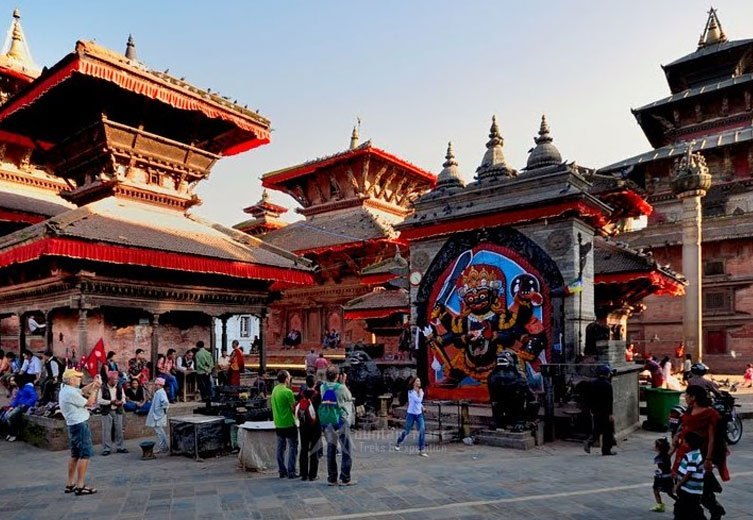
Sanduo Temple, Yulong County
Like Tibetans, the Naxi worship a god that is represented by a mountain, in this case the highest peak of Yulong Snow Mountain massif. Sanduo is the protector god of Naxi peasants and, as described by Joseph Rock:”He is caled the creator of the universe, the defender of peace, protector against calamities such as fires, floods, plasues and wars. He is eulosized by saying that bis power is as high as beaven, bis light shines like lightning, bis mouth spits fire, and his appearance is as white as snou.”This strong expression may be outdated somewhat, but Yulong Snow Mountain is still widely viewed today as protector of the Naxi. Like the Naxi, Sanduo may have had his origins in Tibet.The temple dedicated to Sanduo was first constructed during the Tang Dynasty around 785 near the present-day village of Beiyue on the plain north of Lijiang. Although still located in the same place, much has changed during the past 70 years. The temple seen in Rock’s photo was destroyed during the Cultural Revolution and rebuilt in the 1980s close to the original design. The grounds around the temple have also changed significantly, not least the addition of a large parking lot. The temple is still the site of a major Naxi religious festival that honors Sanduo every February.
